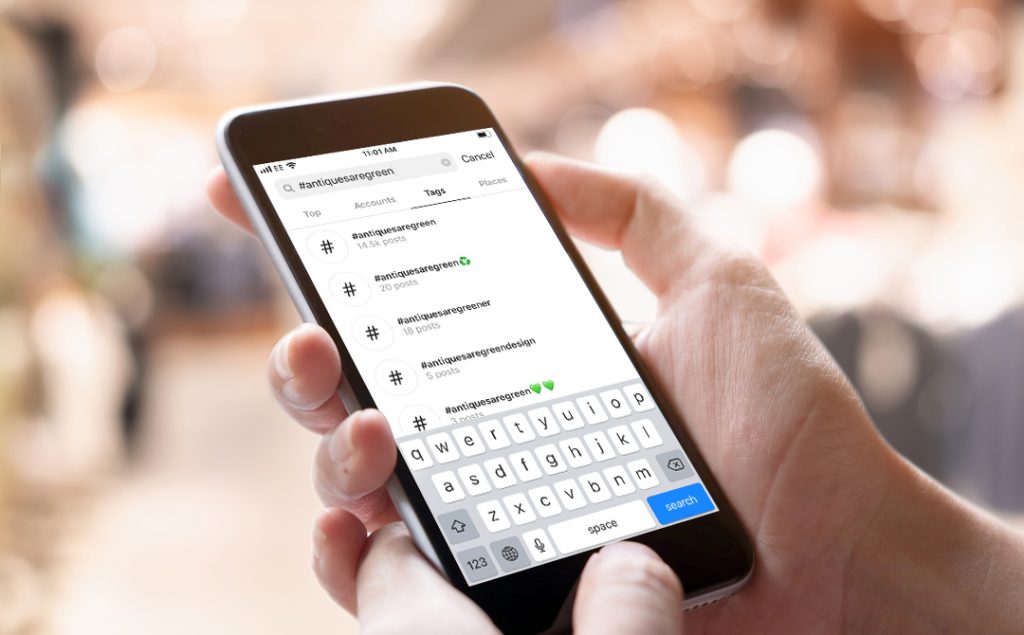Hashtags… You have undoubtedly heard about them, but what are they, and where do they come from? Here is everything you need to understand how they work.
What is a Hashtag?
A hashtag is a word or phrase directly preceded by the pound sign (#) that makes it “searchable.” You can think of them as a digital filing system. Each one you add puts that post into a searchable field so people who are interested in that topic can discover content about it faster.
How Did Hashtags Start?
The first hashtag was used on Twitter in 2007 when Silicon Valley product designer Chris Messina brilliantly suggested adding the pound sign (#) before a word or phrase to make it more searchable. Following his suggestion, Twitter first recognized the pound sign (#) as a smart way to call out topics or events on the platform, helping users quickly find posts relevant to their interests. Once it caught on, users began adding them to tweets giving you the ability to quickly discover posts around similar interests (learn more about that here). The rest, as they say, is social media history.
You can think of hashtags as file folders (remember those?). Each one sends a signal to a list of posts that have the same hashtag. These tags can be as specific or general as you would like, depending on what you would like to find. Here are a few tips:
The Basics
- They always begin with a “#” symbol. This symbol is what makes the word or phrase searchable.
- They do not work if you add spaces or punctuation.
- Instagram will let you add up to 30 hashtags per post.
- Use hashtags that are relevant to the audience you want to attract. Branded hashtags (unique to your business) are excellent and essential, but if you are the only person using a specific hashtag, it will not result in new followers.
A post with at least one Instagram hashtag averages 12.6% more engagement than posts without a hashtag, so these hashtags are critical for increasing the visibility of your posts.
Hashtags work on Twitter in much the same way as they do on Instagram. Since you have limited space to work with, you will only have room for a few hashtags, so it is essential to choose them a little more carefully. What are the most relevant tags to accompany your tweet? With only 280 characters per tweet, you will have to be more selective.
How can you use hashtags?

When adding hashtags, you want to be aware of how many posts already use that tag. As an example, #antiques appears on 5.3 million posts. Because there is such a massive number of posts using this hashtag, it is less likely to bring someone new to your post. More specific hashtags produce better results in a search. For example, the hashtag #antiquesaregreen has over 14,000 posts. By using this hashtag, you have a greater chance of your post being visible to people who do not already follow you (which helps grow your account). We recommend choosing a group of hashtags (start with 10 to 15) to use on your post in the 5,000 to 30,000 range to increase engagement with a new audience.
How Not to Use Hashtags
Hashtags do not belong on Facebook. You may see them occasionally, but Facebook has never given pound sign (#) the searchable feature, and they will not work as intended. Adding one hashtag for decoration or emphasis is fine – as long as you understand, your posts do not become more searchable by adding a hashtag on Facebook.
Attract Customers with Hashtags on Instagram and Twitter
When used correctly, hashtags can help you widen your customer base and attract people who may be interested in the pieces you are selling. Take some time today to find hashtags that can help your posts reach a wider audience, and watch the magic happen!




